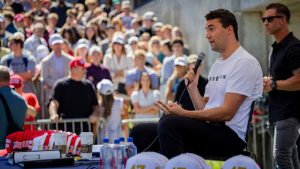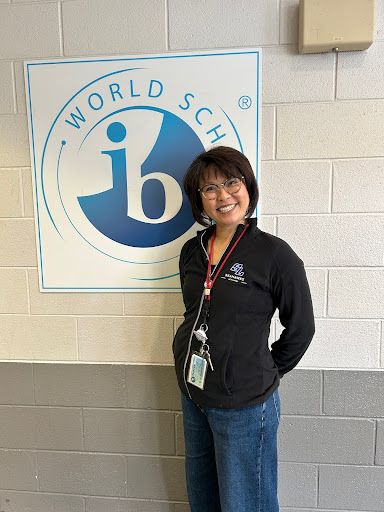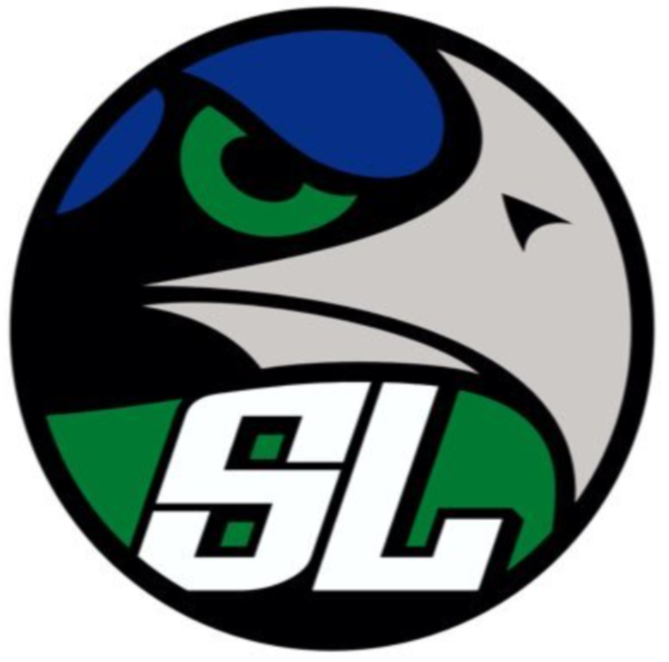American Sign Language, created in 1814, has for many years been the basis for teaching in deaf classrooms.
However, with recent advances in technology, opportunities that were not previously available for the deaf and hard of hearing have become possible.
Since 1898, the first commercial hearing aid was produced and sold. But with the help of 21st century technology, these aids have become smaller, more precise, and more accommodative to every type of listening environment.
Although hearing aids tend to help individuals hard of hearing or those with hearing loss, a new type of aid, the cochlear implant, gives an individual who is profoundly deaf the chance to hear.
“While I’d want to fully be part of the deaf culture, I’m thankful for the chance to hear,” said freshman Jakob Weizman. “The implant has made me motivated to learn sign language and helped my learning.”
Unlike most hearing aids that only amplify sound, cochlear implants transform sound into electrical energy that stimulates surviving auditory nerve fibers in the inner ear.
The implant, unlike the hearing aid, requires a surgical procedure in order to place the internal processor component of the implant. The internals components consisting of a receiver/stimulator, a micro-computer, radio antenna, magnet and electrode array allows for digital communication between the internal and external parts.
For many profoundly and severely deaf individuals, the cochlear implant provides the opportunity to hear, something hearing aids cannot deliver.
To any person who has the ability to hear, it seems as though there would be no question in the choice to have the implant. However, for many in the deaf community, the cochlear implant has caused a tremendous controversy that some feel threatens the deaf culture.
“I grew up with deaf parents, deaf grandparents, one deaf uncle, one deaf aunt, and I spent much time with members of the deaf community,” journalism advisor Phil Dignan said. “Not one of them would ever consider receiving a cochlear implant. They simply have a tremendous amount of deaf pride and cherish ASL.”
Before the advancements in technology, the deaf relied heavily on American Sign Language. Since the beginning of ASL, there were questions on its status as a natural language. It was not until the 1960’s that ASL was officially recognized as such.
The language has since taken off in popularity, becoming the third most used language in America. It has created a community for the deaf, who rely upon its use as means of communication.
Deaf culture is known for embracing their deafness with a sense of pride, but the development of the cochlear implant has created a possibility that can take away the cultural aspect that has bound their community together.
“With the implant, there’s no knowledge of the deaf culture,” Weizman said. “There is no reason to become part of it because you can hear.”
When Weizman was born, he was diagnosed with profound hearing loss and his parents, neither one deaf, made the decision to give their son the cochlear implant in hopes he would be able to hear.
It worked. Weizman has been able to lead a normal life, with few exceptions.
Unlike most children born deaf, Weizman did not grow up learning sign language although he is currently trying to learn it. Many in the deaf community consider this disrespectful because it is comparable to fighting against one’s deafness rather than embracing it.
“I remember a deaf person once said to me, ‘It’s like you’re a robot’ [to have the implant],” Leeran Harel, itinerant teacher for the deaf and hard of hearing said. “They think implants are some sort of copout.”
While Harel does not hold the same view, she still believes it would be beneficial to learn sign language.
“There’s always that idea like ‘what if you’re equipment fails?’” Harel said. “You then don’t have sign language to turn to.”
As true as that may be, there are some students who are aiming to change that.
Senior Junior Ebott is hard of hearing and wears a hearing aid, but is currently learning sign language and has applied to Gallaudet University.
Located in Washington D.C., Gallaudet University is the world’s only university with programs and services specifically designed to accommodate deaf and hard of hearing students.
“When I was younger, I went to a regular elementary school but was in a program with classmates like me,” Ebott said. “But when I got to middle school, it was all regular where there was no one else like me. I think a little piece of me wants to go back to that same setting I had in elementary school where it was more fun and easier to learn.”
Students attending the university are required to know sign language seeing as it is the official language of the school.
“Gallaudet is so close by to us,” Harel said. “It’s a very big part of this culture. It’s very centered in our region and people gravitate towards this.”
Despite the traditional deaf community’s fight over the ethics of the cochlear implant, it is individuals like Weizman and Ebott who attempt to branch out and expand their knowledge of the culture that will shape the future of this community.











